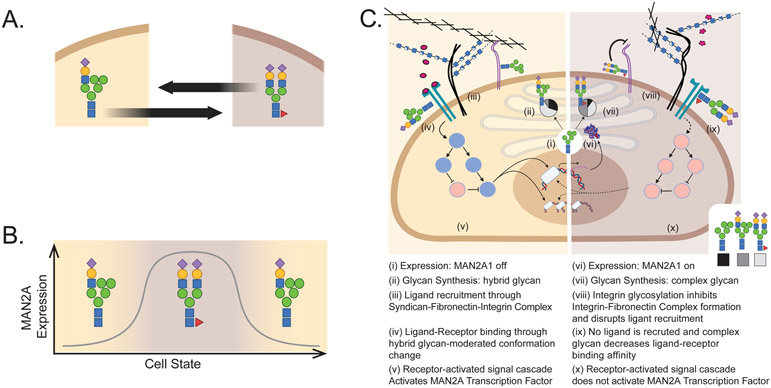Figure 3 -. Glycans & glycoconjugates mediate multiple types of interactions modulating cell state.
(A) Transitions between cell states (tan and brown) can be modulated by differential glycosylation (e.g. cell-cycle or epithelial-mesenchymal transition [75,76,153,154]). (B) Transition between two cell states with low or high MAN2A1 (mannosidase necessary to escape the hybrid glycan) expression could result in differential abundance of hybrid and complex glycans respectively. Differential glycosylation could modulate cell state in an oscillatory fashion (C). For example, differential expression of alpha-mannosidase II (MAN2A1; i & vi) would change both mannosylation and complexity of N-linked glycans [155,156]. As a result, each cell state produces a different dominant glycan: a hybrid biantennary structure (ii) and a sialylated biantennary structure (vii). The production of different glycans could result in the differential attachment of fibronectin to the integrin [24,157] thereby facilitating (iii) or disrupting (viii) ligand recruitment [16,158-160]. Differential glycosylation of a receptor can also directly impact receptor-ligand binding by changing receptor conformation (iv & ix) [23,25,161]. Differential receptor activation can induce the activation (v) or inhibition (x) of pathways and transcription factors (red circles are activated signalling cascade elements, blue circles are inactive elements) ultimately inducing differential expression of MAN2A1 (i & vi). In this theoretical system, transcription of MAN2A1 (vi) will move the cell to the complex-glycan state (vi-x) and this state ultimately leads to the inactivation of the signal transduction (x) and the subsequent inhibition of MAN2A expression (i) moving the cell back to the hybrid state (i-v). Thus, through basic principles of cell function and glycosylation, we have constructed a theoretical glycan-modulated oscillating cell-state system.

